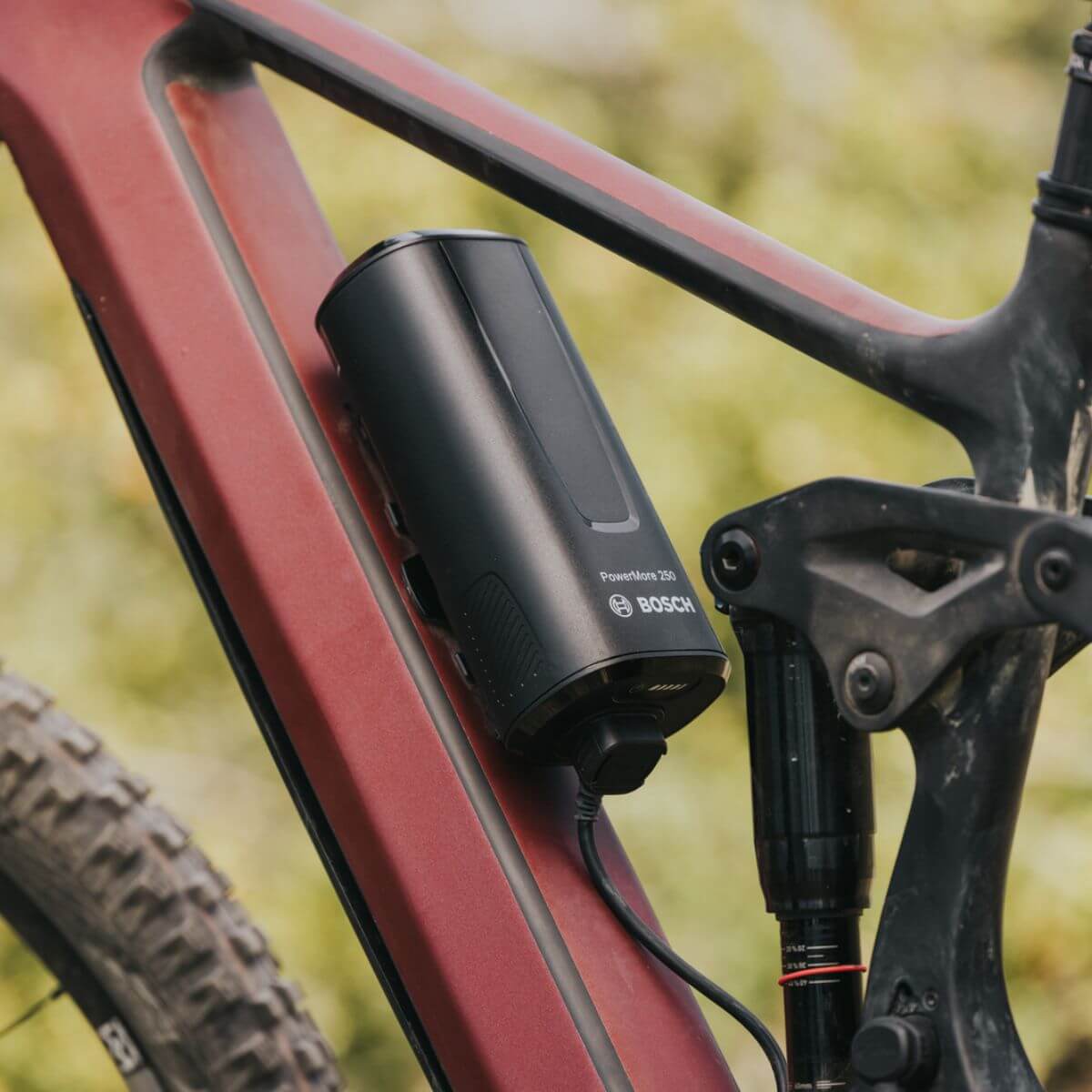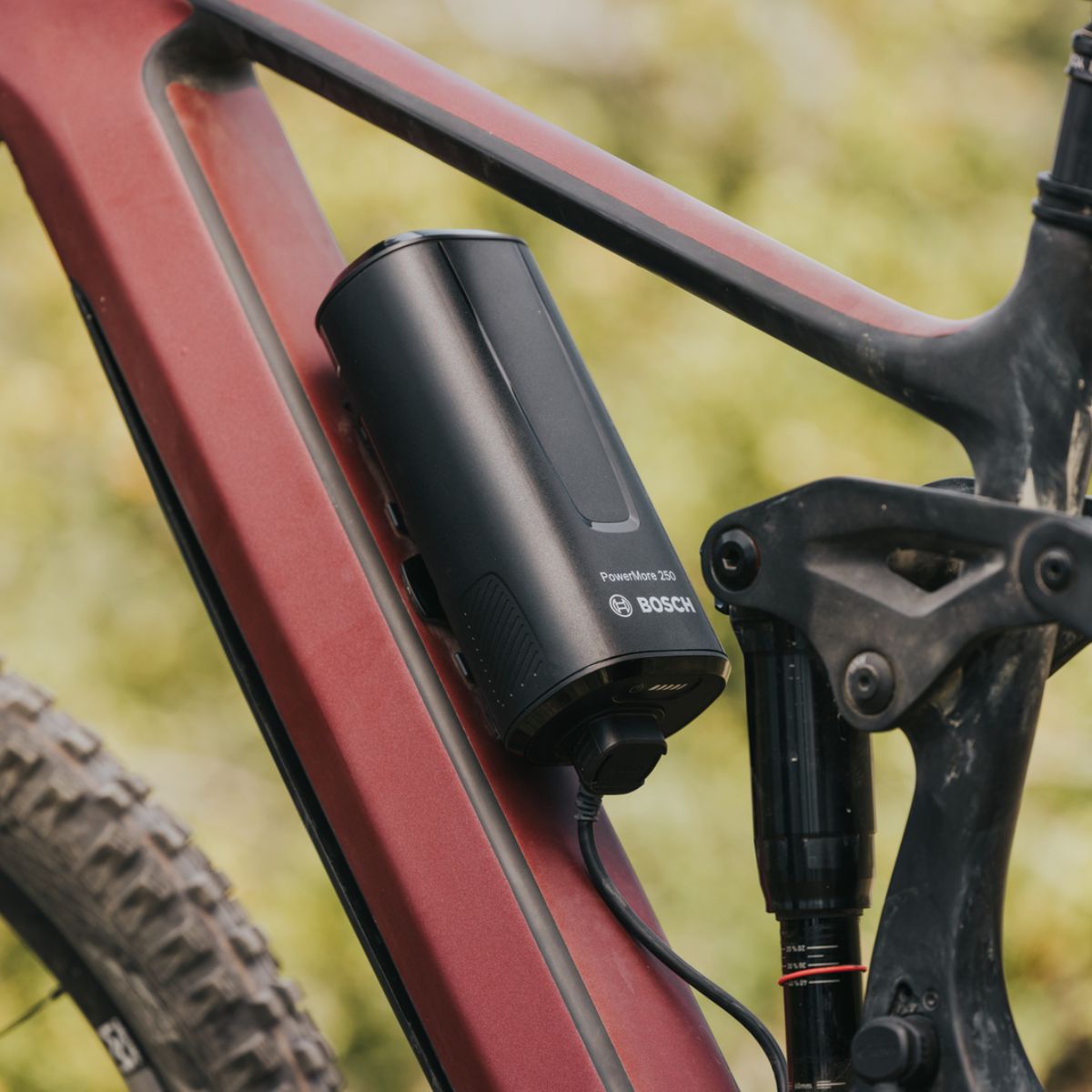The Comprehensive History of Electric Bikes: A Historical Perspective
Electric bikes, or e-bikes, represent a fascinating confluence of innovation, environmental consciousness, and the human pursuit of efficiency in transportation. This extended exploration traces their journey from concept to ubiquity, highlighting key developments and the future trajectory of this eco-friendly mode of transport.
The Dawn of Electric Bikes
The Initial Spark: Invention and Early DesignsThe story of electric bikes begins in the late 19th century, a period ripe with invention. The first notable patent was filed by Ogden Bolton Jr. in 1895, featuring a simple yet revolutionary design with a rear-wheel hub motor. This era witnessed several inventors laying the groundwork for what would become a significant transportation alternative.
Mid-20th Century: Gradual Improvements and Innovations
As the decades passed, electric bikes saw incremental advancements rather than revolutionary changes. The 1930s brought about the pedal assist concept, significantly enhancing usability by augmenting human effort with electric power. However, it wasn't until the latter half of the century that technological advancements in batteries and motors reignited interest in electric bike development.
The Resurgence in the Late 20th Century
The 1990s: A New Beginning

The 1990s marked a pivotal era for electric bikes, driven by leaps in battery technology and environmental awareness. The introduction of the NiCd batteries provided the much-needed lightweight power source, making electric bikes more practical and appealing. This decade saw the birth of several electric bike models that demonstrated the potential of electric propulsion in everyday transportation.
Legal Frameworks and Market Acceptance
As electric bikes began to gain popularity, governments worldwide started to recognize the need for regulation. Legislation in the early 2000s helped define electric bikes, setting standards for power output and speed. These regulations not only ensured the safety of riders but also legitimized electric bikes as a viable mode of transportation, leading to increased acceptance and market growth.
The Technological Vanguard: Mid Drive Motors and Beyond
The Ascendance of Mid Drive Motors
In the quest for more efficient and balanced electric bikes, mid-drive motors emerged as a game-changer. By positioning the motor at the bike's crank, engineers achieved better weight distribution and efficiency, closely mimicking the natural feel of riding a traditional bike. This advancement has made electric bikes more appealing to a broader audience, from daily commuters to outdoor enthusiasts.
Battery Evolution and Smart Integration

Parallel to the development of mid-drive motors, battery technology has seen significant improvements. Lithium-ion batteries have replaced older models, offering longer life spans, shorter charging times, and reduced weight. Additionally, the integration of smart technology in electric bikes has enhanced user experiences with features like GPS tracking, ride analytics, and theft prevention.
Looking Forward: Sustainability and Innovation
The future of electric bikes is closely tied to ongoing advancements in sustainable technology and urban planning. As cities become more congested, the demand for efficient, eco-friendly transportation solutions is likely to increase. Innovations in solar charging, extended ranges, longer life batteries and recyclable materials are set to further reduce the environmental impact of electric bikes.
Conclusion: The Electric Bike Revolution
From their humble beginnings to their current status as a cornerstone of modern urban mobility, electric bikes have traversed a remarkable journey. They exemplify the fusion of technological innovation and the desire for sustainable living. As we look ahead, the continuous evolution of electric bikes promises to redefine our transportation landscapes, making them greener, more efficient, and more connected.






















































2 comments
Scooteretti
Merci François
François Bélisle
Très bon article. J’aime bien. Comme mon vélo aussi.
Bonne journée
Leave a comment
All comments are moderated before being published.
This site is protected by hCaptcha and the hCaptcha Privacy Policy and Terms of Service apply.